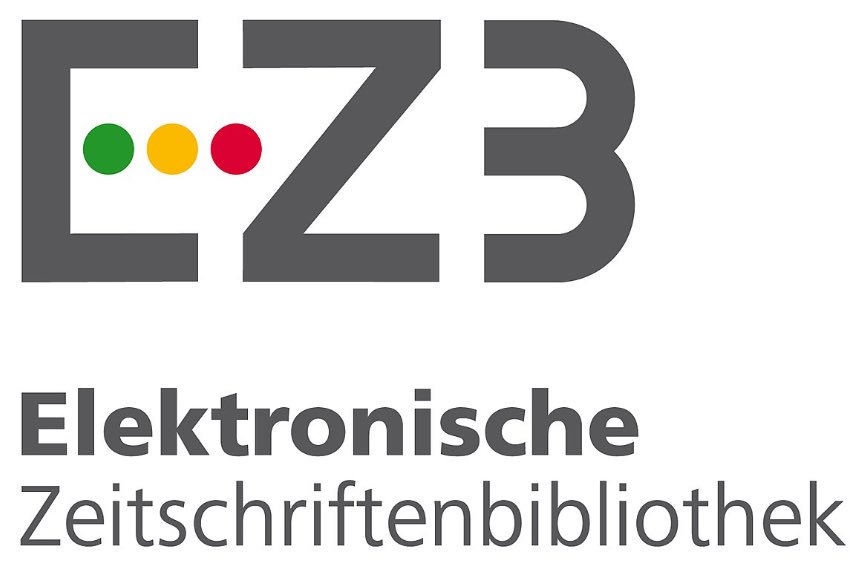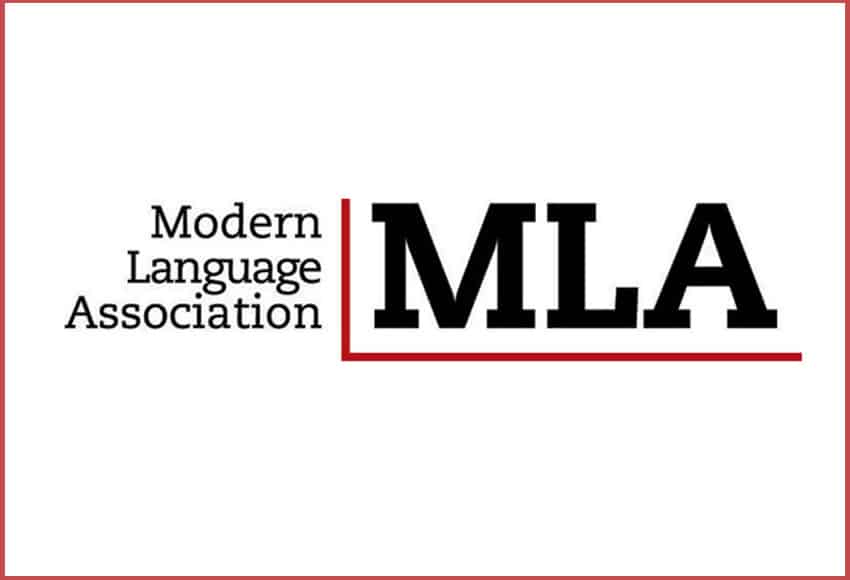Authors
Abstract
The aim of this paper is to elucidate the role of idealizations in the evolution of mathematical knowledge inspired by some ideas of Ernst Cassirer's Neokantian philosophy of science and mathematics. Usually, in contemporary philosophy of science it is taken for granted that the issue of idealization is concerned only with idealizations in the empirical sciences, in particular in physics. In contrast, Cassirer contended that idealization in mathematics as well as in the sciences has the same conceptual and epistemological basis. More precisely, this "sameness thesis" is scrutinized by investigating a variety of examples of idealizations taken from algebra, topology, lattice theory, and physical geometry. Idealizations in mathematical as well as in physical knowledge can be characterized by the introduction of ideal elements leading to completions. In both areas these ideal elements play essentially the same role, namely, to replace an incomplete manifold of objects by a complete "idealized" conceptual manifold.
References
Awodey, Steve. Category theory. Oxford: Oxford University Press, 2006. Print.
Beiser, Frederick C. “Kant’s intellectual development: 1746-1781”. The Cambridge companion to Kant. Ed. Paul Guyer. Cambridge: Cambridge University Press, 1992. Print.
Cassirer, Ernst. “Kant und die moderne mathematik”. Kantstudien. 1907: 1-49. Print.
---. “Das Erkenntnisproblem in der Philosophie und Wissenschaft der neueren Zeit”. Die nachkantischen Systeme. 1920. Print.
---. The philosophy of symbolic forms. New Haven: Yale University Press, 1955. Print.
---. Substance and function & Einstein’s theory of relativity. New York: Dover, 1953. Print.
Corry, Leo. Modern algebra and the rise of mathematical structures. Vol. 17 of Science Networks. Basel: Birkhäuser Verlag, 1996. Print.
Corfield, David. Towards a philosophy of real mathematics. Cambridge: Cambridge University Press, 2003. Print.
Davey, Bryan. and Hilary A. Priestley. Introduction to lattices and order. Cambridge: Cambridge University Press, 1990. Print.
Grosholz, Emily. “Two episodes in the unification of logic and topology”. British Journal of Philosophy of Science. 1985: 147-157. Print.
Johnstone, Peter. Stone space. Cambridge: Cambridge University Press, 1982. Print.
Mac Lane, Saunders. Mathematics. Form and Function. New York and Berlin: Springer, 1986. Print.
Mormann, Thomas. “Idealization in Cassirer’s Philosophy of Mathematics”. Philosophia Mathematica. 2008: 151-181. Print.
Norton, John D. “Approximation and idealization: Why the difference Matters”. Philosophy of Science. Forthcoming.
Nowakowa, Izabella. and Leszek Nowak. “The richness of idealization”. Poznan studies in the philosophy of the sciences and the Humanities. 2000. Print.
Sieg, Wilfred and Dirk. Schlimm. “Dedekind’s analysis of number: Systems and axioms”. Synthese. 2005: 121-170. Print.
Weisberg, Michael. “Three kinds of idealization”. The Journal of Philosophy. 2007: 639-659. Print.
Whitehead, Alfred North. Process and reality: An essay in cosmology. New York: MacMillan, 1929. Print.

 PDF (Español)
PDF (Español)
 FLIP
FLIP
























